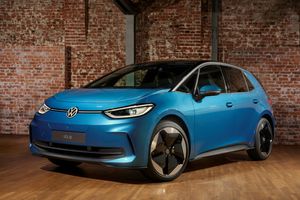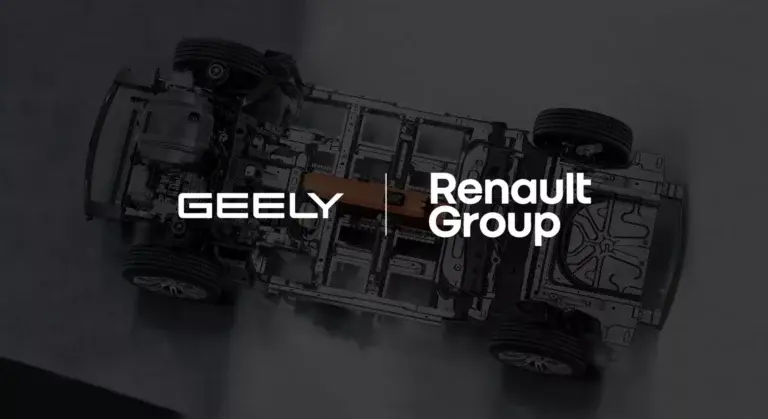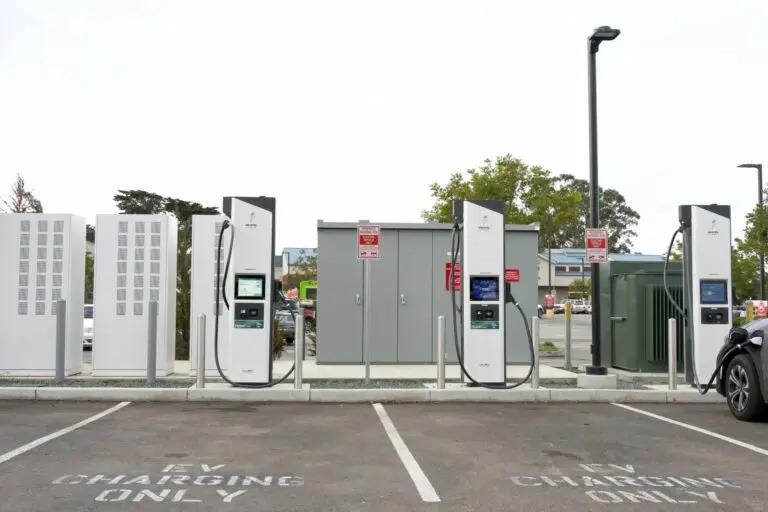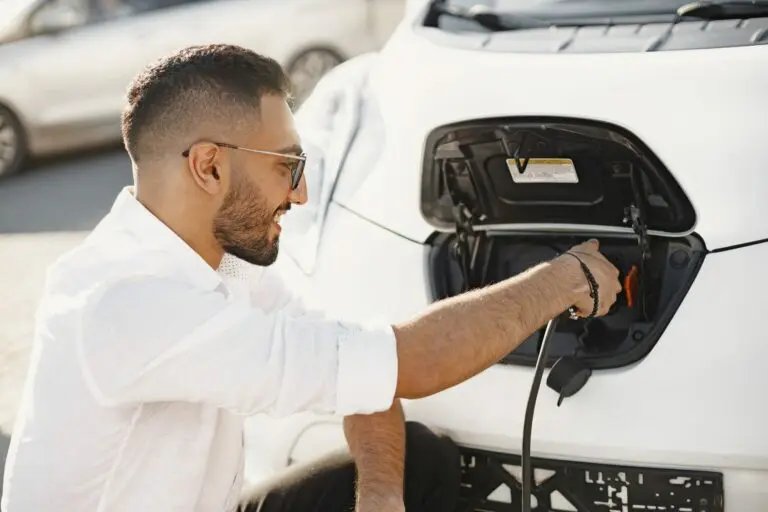As the world of electric cars is often criticised for its reliability or its durability, the ADAC research institute has taken the initiative of carrying out various evaluations to assess the average durability of a classic electric city car. Few models have had the opportunity to prove their endurance over the very long term. So the Volkswagen ID.3 Pro S was subjected to a 160,000 kilometre reliability test. The result? A generally glowing verdict… but the ID.3 does have its limits…
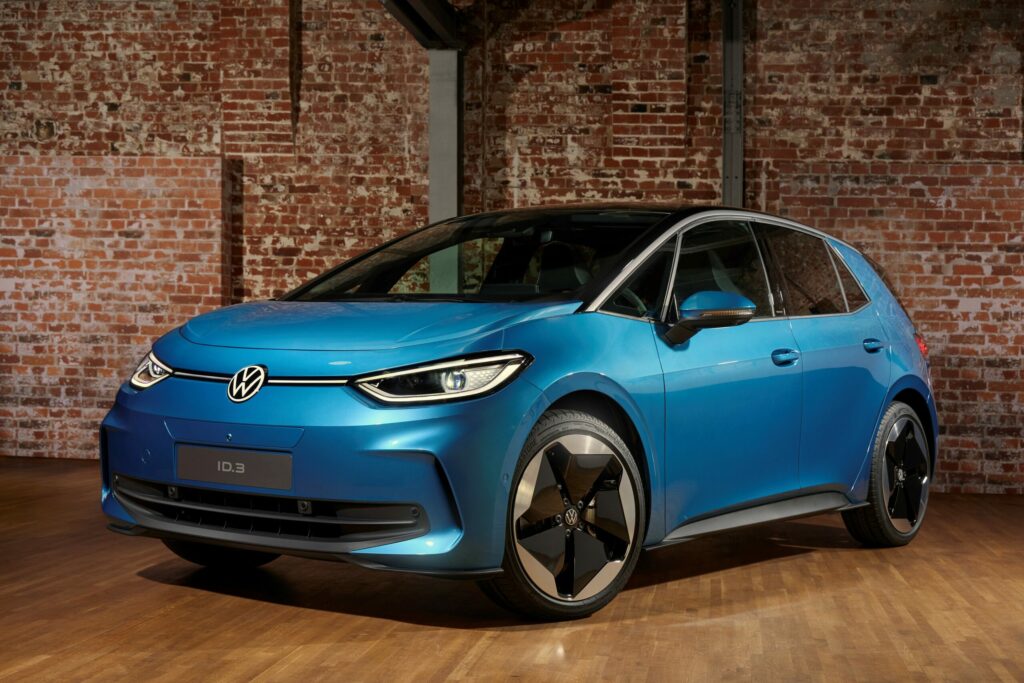
An exemplary battery
This is the heart of the electric vehicle, and one of the most widely analysed and discussed criteria… The battery’s state of health (or SoH for State of Health). In order to maximise the veracity and reliability of this test, the 160,000 km were driven in driving conditions that were far from gentle: frequent 100% charges, regular use of the rapid recharge system, recharging without disconnecting the vehicle once 100% had been reached, journeys at altitude in sub-zero temperatures, etc. After being subjected to such abuse, the battery still showed 91% of its initial capacity (measured on several occasions by the BMS and confirmed by the independent laboratory Aviloo). Well above the 70% guaranteed by Volkswagen. Clearly, even when battered, the model’s battery is holding up well, even better than expected. A demonstration of electrical robustness that confirms the German manufacturer’s technological advances.
Reassuring performance in real use
On the road, in normal conditions, the VW ID.3 is consistent; its average range stabilises at around 400 km, dropping to 300 or 320 km in winter… To keep up with the pace, electricity consumption has fallen over the months, from 20 kWh/100 km to 18.3 kWh/100 km. Efficiency has therefore improved over time, thanks in particular to OTA software updates (available to anyone with an ID.3), which have enhanced the vehicle’s functionalities (« E-Route Planner » or intelligent GPS, better thermal management, rapid charging increased to 170 kW).
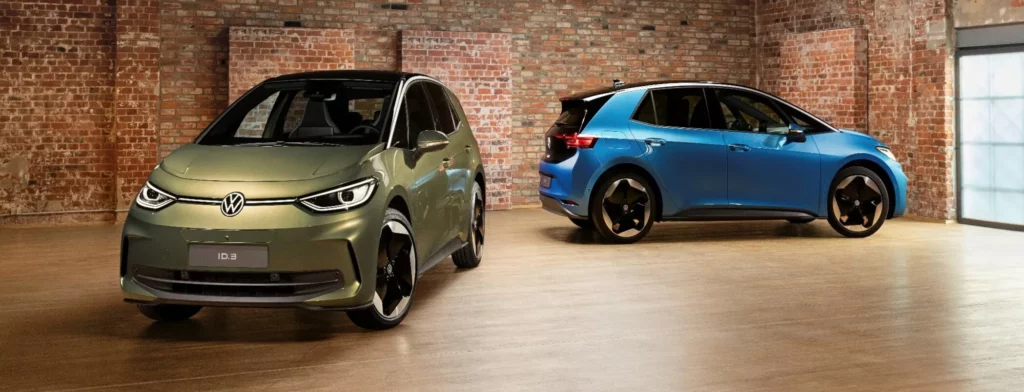
But if there’s one black spot identified during these 160,000 km, it’s, despite the update, the thermal management system, which can still be improved. The battery, for example, cannot be manually preheated before a quick recharge. As a result, in cold weather, the charging speed decreases, with no possibility of anticipation or user intervention. A software weakness that Volkswagen would be well advised to correct.
Overall reliability and minimum maintenance
As well as the battery, the chassis, suspension, steering and bodywork have held up well over time. The ID.3 shows no critical wear and tear after four years of sustained use. Only a few isolated faults have disrupted the journey: replacement of the GPS/eCall module – €525, a software bug affecting door opening, resolved by an OTA update, and a charging hatch repaired for €227.
When it comes to servicing, the budget remains under control, with a major overhaul costing around €427, plus €200 for the air conditioning system…
But in fact, this long-term analysis in real-life conditions proves Volkswagen right… The ID.3 is a solid, hard-wearing electric car, well designed for everyday use, even if it’s intensive. Its battery, in particular, is among the best on the market. The only fly in the ointment is the software ergonomics, which are still locked in place, sometimes hampering the user experience. A strong message, at a time when, more than ever, electric vehicles need to be convincing.

